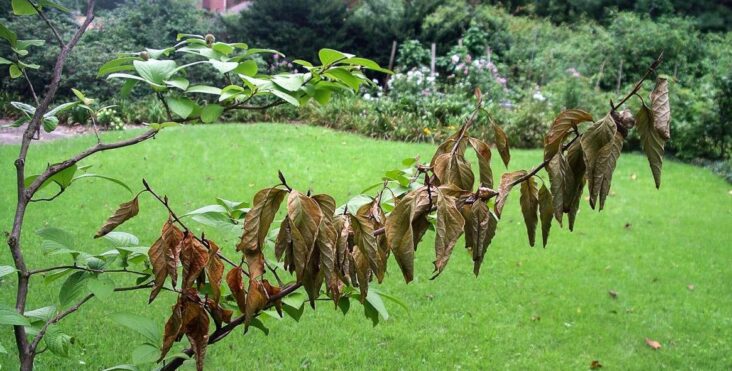Shrub and tree damage pervasive throughout NEA
by June 14, 2023 4:09 pm 1,177 views

Last year’s drought had significant impacts to row crop farmers throughout Northeast Arkansas, but it also started a chain reaction that is heavily impacting home and business owners, Craighead County Extension agent Brannon Thiesse told Talk Business & Politics.
About 90% of the shrubs and trees in Jonesboro alone have been stressed or destroyed since the drought started last summer, he said.
“I’ve never seen anything like it. The other day I made like a dozen house calls. We’ve been going around advising people … the damage to the shrubs and trees has been a real problem.”
There isn’t a way to quantify how much economic impact this damage will have in the region, Thiesse said, but the average homeowner knows how much money they spend on shrubs and trees.
Cultivating trees and shrubs is considered a gardening activity. About 55% of households in the U.S. participate in some type of gardening activity, according to the National Gardening Association. The average household spent $606 on gardening activities in 2022.
Problems began in June 2022 when drought conditions enveloped NEA, he said. Months of little to no rain put a lot of stress on all plants.
The second phase started in the fall. Hot dry conditions returned. During the harvest, farmers lost only two days because there was virtually no rain. It was good for farmers, but bad for plants that were already under stress.
“I’ve never been a part of a harvest like that,” he said.
The third weather event that impacts the trees and shrubs was a cold snap in December. Temperatures throughout the region hovered around zero degrees and for many plants that was the breaking point, he said.
In March, officials at the extension office had a meeting to discuss solutions. At that time, extension officials estimated that 90% of the shrubs in Jonesboro needed to be replaced, he said.
Officials decided to advise home and business owners to cull the dead parts of their shrubs and wait and see if the shrubs would regenerate on their own. The decision worked as some shrubs have come back on their own, but many still have been or need to be replaced, he said.
Extension officials have worked with local lawn care companies to come up with solutions, he said. Many will end up replacing dead plants, unfortunately, he added.
“We don’t typically have weather conditions like that and our plants suffered,” he said.
